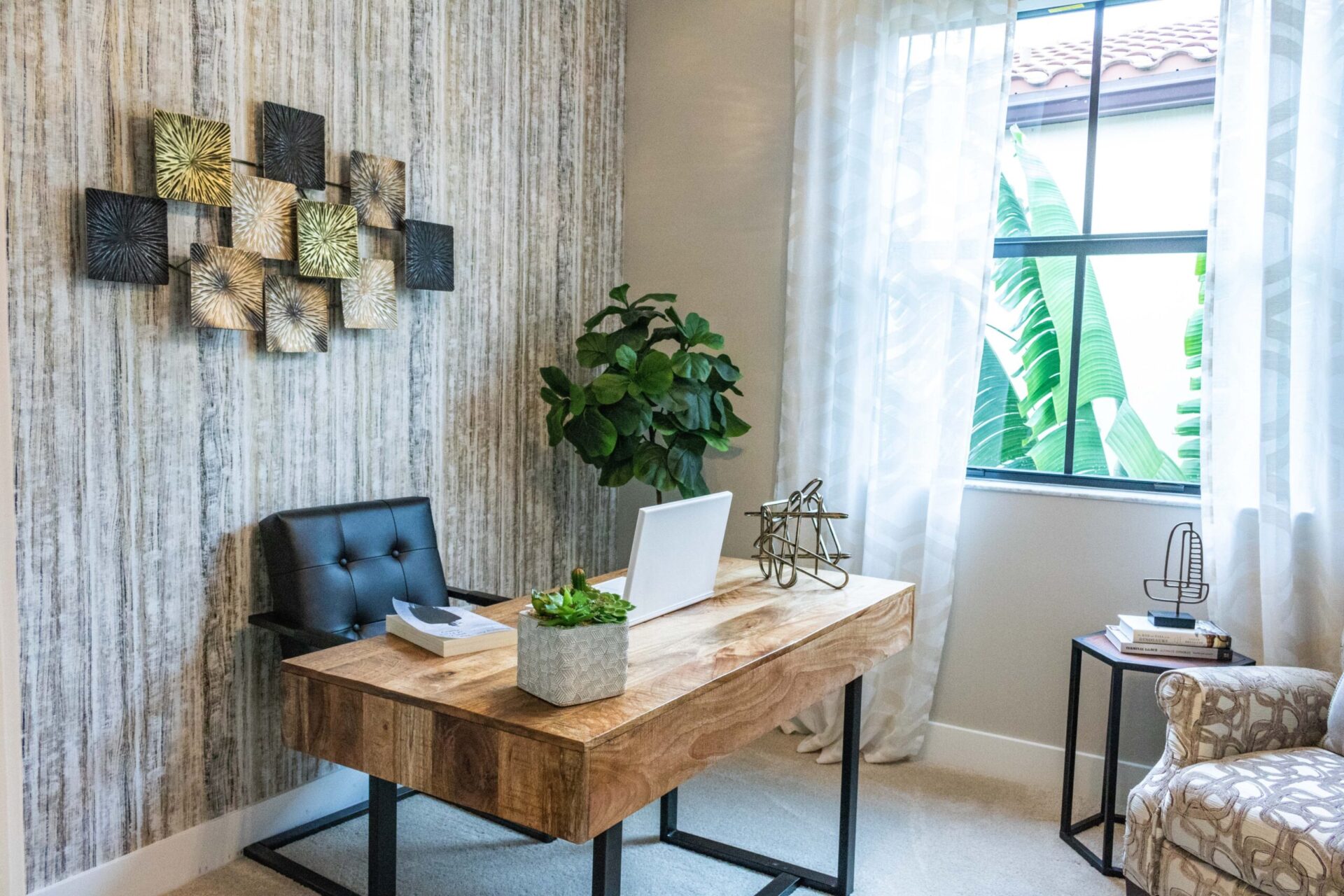As modern living spaces continue to shrink, homeowners are constantly on the lookout for smart ways to make the most out of the limited square footage available to them. Optimizing small spaces can be a challenging yet rewarding endeavor. With a combination of intelligent furniture choices, clever design tactics, and innovative storage options, even the most confined areas can feel spacious and functional. This article delves into the intricate world of small space optimization, offering homeowners a plethora of strategies to reimagine and rejuvenate their compact homes.
1. Multipurpose Furniture: The Cornerstone of Smart Living
In the realm of small spaces, furniture that serves multiple purposes is a game-changer. Here are some key pieces to consider:
- Sofa Beds: A staple in many small homes, sofa beds effortlessly transform from a daytime couch to a nighttime sleeping area. Modern designs are both stylish and comfortable, ensuring guests get a good night’s rest.
- Extendable Dining Tables: These can quickly adapt from a cozy table for two to a dining area for a larger gathering, catering to both daily use and special occasions.
- Ottomans with Storage: A place to rest your feet, an extra seating option, and a storage solution rolled into one. These versatile pieces are excellent for storing blankets, books, or other household items.
- Wall-mounted Desks: When floor space is premium, looking upwards can be the solution. Wall-mounted desks provide a dedicated workspace without encroaching on the floor area.
2. Design Tricks to Enhance Space Perception
The way we perceive space can be influenced by color, layout, and lighting. Here’s how to play with these elements to your advantage:
- Use Light Colors: Lighter shades, especially whites and pastels, reflect more light and make spaces seem more extensive. Using these for walls, ceilings, and large furniture items can create an illusion of a more spacious room.
- Mirrors: Placing mirrors strategically can visually double the size of a room. They reflect light and views, creating depth and enhancing brightness.
- Vertical Lines: Vertical lines draw the eye upwards, emphasizing room height. Tall bookshelves, vertical wall art, and drapes hung just below the ceiling can elongate a space.
- Open Floor Plans: Where possible, opt for an open floor plan. Removing unnecessary internal walls allows for fluid movement between areas, making the entire space feel more substantial.
3. Innovative Storage Solutions: Every Inch Counts
When optimizing a small space, innovative storage solutions can be your best ally:
- Under-bed Storage: Opt for beds with built-in drawers or consider lofted beds to utilize the space underneath for a study area or storage.
- Over-the-door Organizers: From shoes to accessories, these handy organizers can be hung behind doors, making use of often-overlooked spaces.
- Pull-out Pantries: Narrow gaps between appliances or cabinets can be transformed into pull-out pantries, ideal for storing spices, canned goods, and other kitchen essentials.
- Wall-mounted Racks and Hooks: Walls aren’t just for artwork. Consider installing racks for pots and pans, hooks for utensils, or pegboards for tools and craft supplies.
4. Declutter Regularly: The Art of Minimalism
At the heart of small space optimization is the philosophy of “less is more.” Regularly decluttering can be a transformative process:
- Adopt the One In, One Out Rule: Every time a new item comes into your home, ensure an old one leaves. This maintains a balance and prevents overcrowding.
- Use Digital Solutions: Instead of hoarding physical books, DVDs, or CDs, consider switching to digital formats which can be stored on compact devices or cloud services.
- Declutter Seasonally: Tackling the decluttering process four times a year can keep your possessions in check, ensuring only essential and loved items remain.
5. Flexibility is Key: Modular and Moveable Designs
The ability to change and adapt a space on a whim is crucial:
- Modular Shelving: Customizable units can be rearranged to fit evolving storage needs or aesthetic preferences.
- Furniture on Wheels: From kitchen islands to desks, furniture pieces on casters can be easily moved around, adapting to different purposes or events.
- Sliding Partitions: Instead of fixed walls, consider sliding partitions or curtains. They allow homeowners to redefine spaces as needed, creating privacy or openness at their discretion.
Optimizing small spaces is an art, blending aesthetics with functionality. By harnessing the power of multipurpose furniture, deploying design tricks, adopting innovative storage solutions, embracing minimalism, and cherishing flexibility, homeowners can create spaces that are not only comfortable but also deeply reflective of their unique lifestyles and preferences. Whether you’re a seasoned interior designer or a homeowner embarking on a redesign journey, remember: In the world of small spaces, every inch holds the potential for innovation and creativity.


